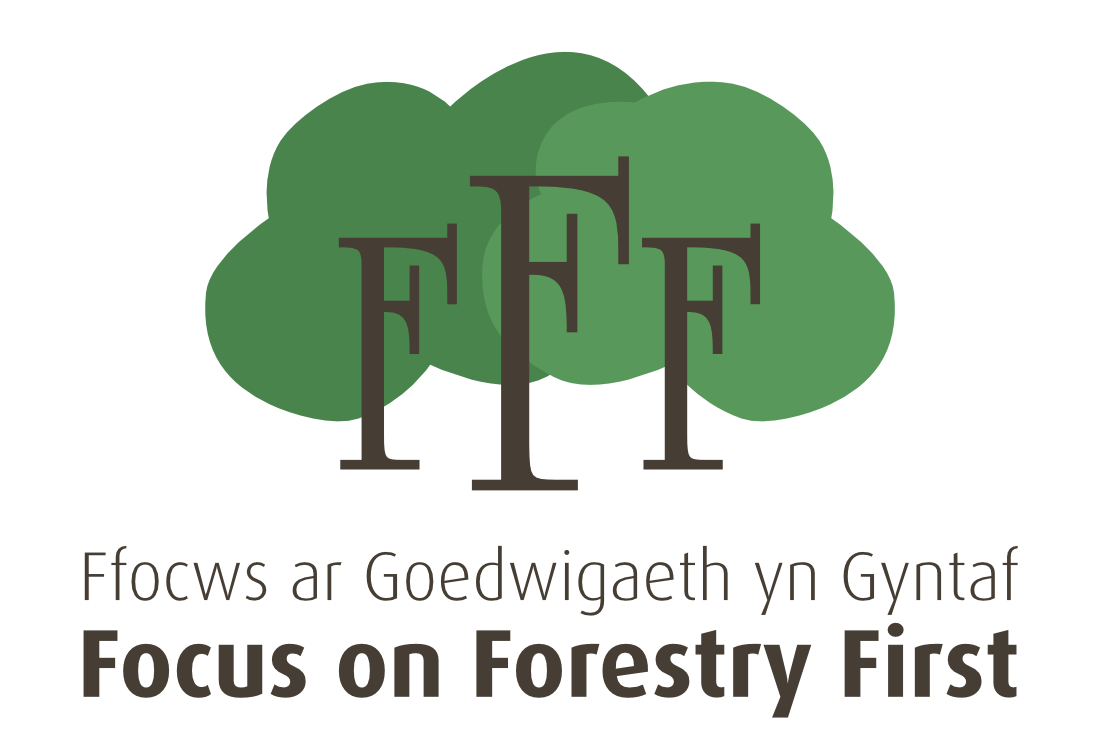Dormouse Presentation & Fieldwalk
This comprehensive course offers an in-depth exploration of dormice and their ecological significance, with a particular focus on considerations during forestry operations.
Through a combination of classroom-based learning and a guided field walk, delegates will gain practical insights and valuable knowledge about managing woodland with dormice and other species in mind.
Location: UK
Study mode: Classroom & Fieldwalk
Duration: 1 day
Cost: From £95.00+VAT per person*
Objectives
By the end of the course, delegates will:
Develop a deeper awareness of how dormice and other species use woodland habitats.
Learn to recognise key habitats and features critical for dormouse conservation.
Identify field signs that may indicate the possible presence of dormice in a woodland.
Understand practical steps to balance forestry operations with the needs of protected species.
Who should attend?
Open to all working in the Forestry and Woodland and Conservation Management sector.
Lead Instructor
Tom Fairfield
Tom has over 35 years extensive field experience managing woodlands in the presence of dormice, otters and other specially protected species. As an independent ecologist, the supervision of protected species licences obtained for clients in both the forestry and built development sectors, including those for dormice, bats and great crested newt.
His clients include Herefordshire Council/Balfour Beatty, Cranmore Homes, The Wye and Usk Foundation, Tilhill Forestry, Tottiford Woodlands and the Woodland Trust.
Tom has been one of the tutors for Forestry Commission England Regulations/Bat Conservation Trust National EPS Training programme since 2013 and tutor for Focus on Forestry First specially protected species training events since 2018.
Other Information
Please wear clothing and footwear suitable for the weather and terrain. We will be walking through woodland and meadow.

